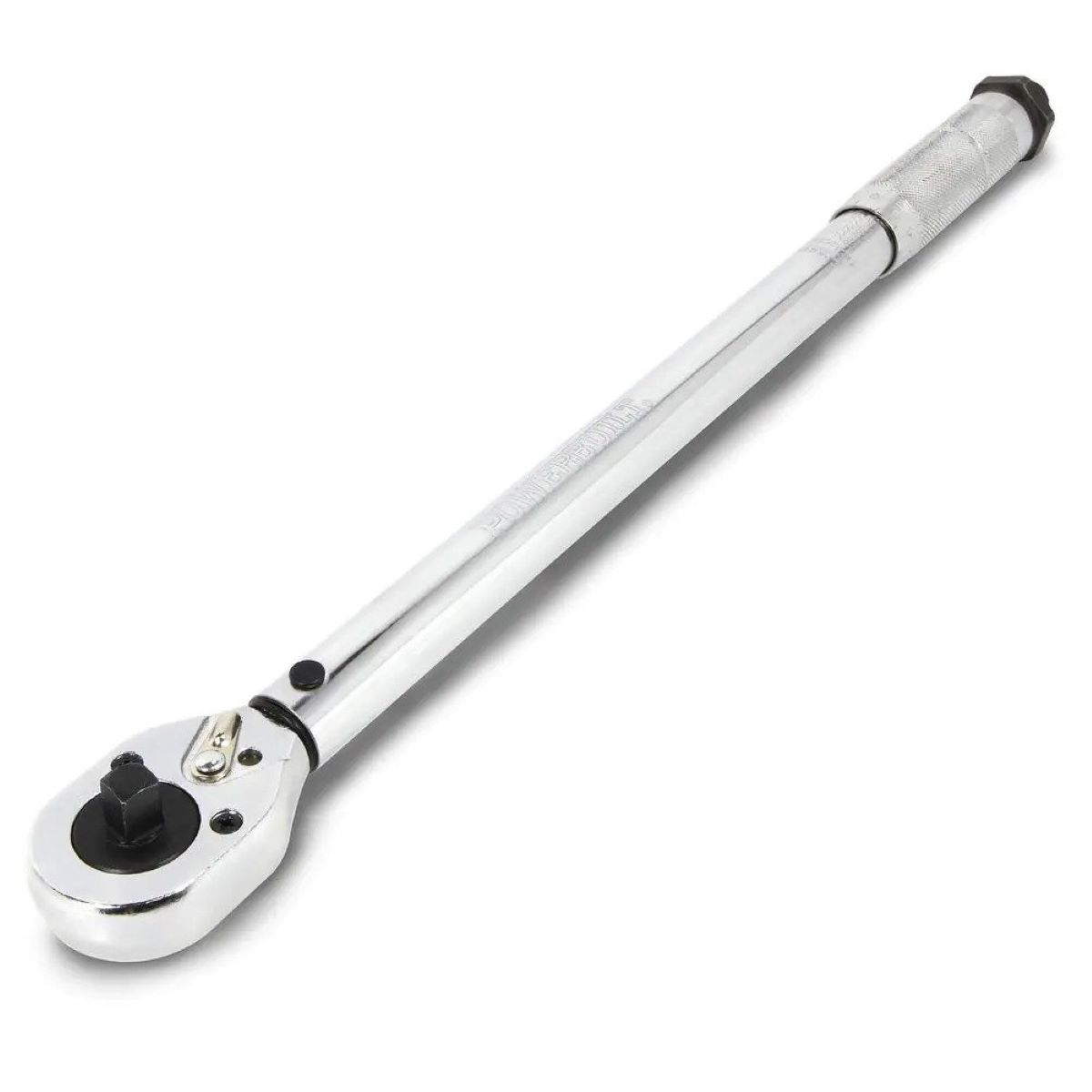

Articles
How To Store Torque Wrench
Modified: February 22, 2024
Learn the proper way to store your torque wrench with helpful articles. Keep your tools organized and in top condition for your next project.
(Many of the links in this article redirect to a specific reviewed product. Your purchase of these products through affiliate links helps to generate commission for Storables.com, at no extra cost. Learn more)
Introduction
When it comes to precision and accuracy in tightening bolts and nuts, a torque wrench is an essential tool. Whether you are a professional mechanic or a DIY enthusiast, properly storing your torque wrench is crucial in maintaining its functionality and prolonging its lifespan.
Storing your torque wrench properly helps to prevent damage, preserve its calibration, and ensure that it is ready for use whenever you need it. In this article, we will guide you through the process of storing your torque wrench correctly to maintain its performance and accuracy.
Before we dive into the details of how to store your torque wrench, let’s first understand what a torque wrench is and how it functions.
Key Takeaways:
- Properly storing your torque wrench is crucial for maintaining its accuracy and longevity. Consider factors like environment, protection, calibration, and accessibility to ensure optimal storage conditions.
- Regular cleaning, maintenance, and avoiding common storage mistakes are key to preserving the functionality and reliability of your torque wrench. Follow the step-by-step guide and best practices for long-term performance.
Read more: How To Store A Torque Wrench
Understanding Torque Wrenches
A torque wrench is a specialized tool used for applying a specific amount of torque, or rotational force, to a fastener such as a bolt or nut. It is designed to ensure that the desired level of torque is applied accurately and consistently, preventing under-tightening or over-tightening which can lead to issues such as loose fasteners or stripped threads.
There are different types of torque wrenches available, including click-type, beam-type, and digital torque wrenches. Click-type torque wrenches are the most common and feature a mechanism that produces an audible click sound when the desired torque is reached.
Regardless of the type, torque wrenches are precision instruments that require careful handling and maintenance to retain their accuracy. Proper storage is a vital aspect of maintaining their functionality.
Factors to Consider before Storing your Torque Wrench
Before storing your torque wrench, there are a few factors to consider to ensure that it remains in optimal condition:
- Environment: Choose a storage location that is dry, clean, and free from extreme temperatures or humidity. Exposure to excessive moisture or heat can compromise the accuracy and functionality of the torque wrench.
- Protection: To prevent damage, it is advisable to store the torque wrench in a case or protective cover. This will shield it from dust, dirt, and potential impact during storage.
- Calibration: Regular calibration is crucial for torque wrenches to maintain their accuracy. Before storing, ensure that your torque wrench is properly calibrated. If it is due for calibration, schedule it before storing to avoid any discrepancies when you need to use it next.
- Accessibility: Choose a storage location that is easily accessible so that you can retrieve your torque wrench whenever you need it. This will save you time and effort, especially in urgent situations.
By considering these factors, you can create an optimal storage environment for your torque wrench and ensure that it remains in excellent condition for future use.
Factors to Consider before Storing your Torque Wrench
Before you proceed with storing your torque wrench, there are several important factors to consider. These factors will help ensure that your torque wrench remains in optimal condition and is ready for use whenever you need it.
- Environment: Choose a storage location that is dry, clean, and free from extreme temperatures or humidity. Exposure to moisture or fluctuations in temperature can cause damage to the internal components of the torque wrench and affect its accuracy. Avoid storing your torque wrench in areas such as basements or garages where the humidity levels can be high.
- Protection: To protect your torque wrench from dust, dirt, and potential impact, it is advisable to store it in a case or a protective cover. This will help prevent any external factors from affecting the performance and functionality of the tool. If your torque wrench did not come with a case, consider investing in one to provide an extra layer of protection.
- Calibration: Regular calibration is crucial for torque wrenches to maintain their accuracy. Before storing, ensure that your torque wrench is properly calibrated. If it is due for calibration, schedule it before storing to avoid any discrepancies when you need to use it next. Calibration ensures that the torque wrench is applying the correct amount of force and provides accurate readings.
- Oil and Lubrication: Before storing your torque wrench, it is recommended to apply a thin layer of oil or lubricant to the metal parts to prevent rust and corrosion. This is particularly important if your torque wrench is not used frequently. Be sure to use a lubricant that is specifically designed for tools to avoid any damage or interference with the torque wrench’s functionality.
- Safe Hanging: If your torque wrench features a hang hole or a loop, consider hanging it in a designated storage area. This will keep the tool off the ground and minimize the risk of any accidental damage. Make sure the hanging location is secure and stable to prevent the torque wrench from falling or swinging.
- Accessibility: Lastly, consider the accessibility of your stored torque wrench. Choose a storage location that is easily accessible so that you can retrieve it quickly when needed. This will save you time and effort, especially in urgent situations where you need to tighten or loosen fasteners promptly.
By taking these factors into account, you can create an ideal storage environment for your torque wrench and ensure that it remains in excellent condition, ready for use whenever you require it.
Proper Cleaning and Maintenance of Torque Wrench
Regular cleaning and maintenance are essential for keeping your torque wrench in optimal condition. Proper care not only prolongs its lifespan but also ensures accurate torque readings and reliable performance. Here are some steps to follow for the proper cleaning and maintenance of your torque wrench:
- Preparation: Before you begin cleaning, ensure that the torque wrench is disconnected from any power source and that it has cooled down if it was recently used. This will prevent any accidents or injuries during the cleaning process.
- Debris Removal: Use a clean cloth or brush to remove any loose dirt, debris, or oil buildup on the surface of the torque wrench. Pay attention to the nooks and crannies where dirt could accumulate. Avoid using harsh chemicals or abrasive materials that can damage the tool’s finish.
- Cleaning Solution: Prepare a mild cleaning solution by mixing warm water with a small amount of mild dish soap or a specialized tool cleaner. Dip a soft cloth or sponge in the solution and gently wipe down the torque wrench, focusing on areas that require deeper cleaning.
- Rinse and Dry: Once you have cleaned the torque wrench, rinse off any residual cleaning solution with a damp cloth. Make sure to remove all traces of soap. After rinsing, use a dry cloth or towel to thoroughly dry the torque wrench. Moisture can lead to rust and corrosion, so it is essential to dry the tool completely.
- Lubrication: Once the torque wrench is clean and dry, apply a thin layer of lubricant to the metal parts, especially the ratchet mechanism. This will help reduce friction, prevent rust, and ensure smooth operation. Be sure to use a lubricant specifically designed for tools and avoid over-application.
- Storage: Finally, follow the storage guidelines discussed earlier in this article to ensure that your torque wrench is stored in a safe and suitable environment.
By following these cleaning and maintenance steps regularly, you can keep your torque wrench in excellent condition and prolong its lifespan. Remember to consult the manufacturer’s instructions for any specific cleaning recommendations or precautions for your particular torque wrench model.
Store your torque wrench in a clean, dry place, away from extreme temperatures and humidity. Release the tension on the wrench to prevent internal spring damage. Keep it in its case to protect it from dust and debris.
Step-by-Step Guide on How to Store Torque Wrench
Properly storing your torque wrench is essential for maintaining its functionality and accuracy. Here is a step-by-step guide on how to store your torque wrench:
- Clean the Torque Wrench: Before storing, make sure to clean the torque wrench to remove any dirt, debris, or oil buildup. Refer to the previous section on proper cleaning and maintenance for detailed instructions on how to clean your torque wrench.
- Inspect for Damage: Check the torque wrench for any signs of damage or wear. Look out for loose or damaged parts, cracked handles, or signs of calibration issues. If you notice any issues, consider getting your torque wrench repaired or replaced.
- Calibrate the Torque Wrench: If it’s time for the torque wrench to be calibrated, do so before storing. Calibration ensures that the tool is delivering accurate torque readings. Contact a reputable calibration service or follow the manufacturer’s instructions for calibration procedures.
- Apply Lubrication: Apply a thin layer of lubrication to the metal parts of the torque wrench, especially the ratchet mechanism. This will help prevent rust and corrosion during storage. Use a tool-specific lubricant and follow the manufacturer’s recommendations for application.
- Store in a Case or Cover: Place the torque wrench in a protective case or cover to shield it from dust, dirt, and potential physical damage. If your torque wrench did not come with a case, consider investing in one to ensure optimal protection.
- Choose an Ideal Storage Location: Select a dry, clean, and temperature-controlled area for storing your torque wrench. Avoid areas with excessive moisture or extreme temperatures that can adversely affect the tool. A toolbox, cabinet, or designated tool storage area would be ideal.
- Secure the Storage Area: Make sure the storage area is secure and stable to prevent accidental falls or damage. If your torque wrench has a hang hole or loop, consider hanging it up in the storage area to keep it off the ground and minimize the risk of damage.
- Keep it Easily Accessible: Store your torque wrench in a location that is easily accessible. This will allow you to retrieve it quickly whenever you need it without wasting time searching for it.
- Regularly Check and Maintain: Periodically check your stored torque wrench to ensure that it remains in good condition. Inspect for any signs of damage, rust, or calibration issues. If necessary, perform maintenance tasks such as reapplying lubrication or scheduling a calibration session.
By following these steps, you can ensure that your torque wrench is stored properly, protected, and readily available whenever you need it. Maintaining a clean and safe storage environment will help prolong the lifespan of your torque wrench and ensure accurate and reliable performance in the long run.
Read more: How To Store Wrenches
Common Mistakes to Avoid when Storing Torque Wrench
While storing your torque wrench may seem like a simple task, there are some common mistakes that people often make. Avoiding these mistakes will help ensure that your torque wrench remains in excellent condition and ready for use whenever needed. Here are some common mistakes to avoid:
- Leaving the Torque Wrench Dirty: Neglecting to clean your torque wrench before storing it can lead to the accumulation of dirt, debris, and moisture, which can damage the tool over time. Make sure to clean and dry the torque wrench thoroughly before storing it.
- Skipping Calibration: Calibration is essential to maintain the accuracy of your torque wrench. Skipping or delaying the calibration process can result in torque readings that are too high or too low, leading to inaccurate tightening of fasteners. Make sure to adhere to the recommended calibration schedule.
- Storing in an Improper Environment: Storing your torque wrench in a humid or extreme temperature environment can have a detrimental impact on its functionality. Avoid storing it in areas prone to moisture, such as basements or garages, as it can cause rust and corrosion. Instead, choose a dry and controlled temperature storage location.
- Neglecting Lubrication: Applying a thin layer of lubrication to the metal parts of the torque wrench is essential to prevent rust and ensure smooth operation. Neglecting to lubricate the tool can lead to friction, wear, and potential damage. Follow the manufacturer’s guidelines for lubrication and reapply as necessary.
- Improper Storage Method: Storing the torque wrench without a protective case or cover exposes it to dust, dirt, and potential physical damage. Avoid leaving it loose in a toolbox or drawer. Invest in a suitable storage case or cover to provide optimal protection.
- Using Excessive Force: Torque wrenches are designed to apply specific torque levels accurately. Using excessive force or overloading the tool can affect its calibration and cause damage. Always read the torque wrench’s user manual and follow the recommended torque specifications for different fasteners.
- Not Checking on Stored Torque Wrench Periodically: Even when stored properly, torque wrenches may require periodic maintenance and inspection. Failure to check on the stored torque wrench regularly can result in unnoticed damage or issues. Set reminders to perform visual inspections, wear checks, and lubrication maintenance to ensure the tool’s longevity.
By avoiding these common mistakes, you can ensure that your torque wrench is stored properly and maintained in optimal condition. This will help prolong its lifespan, preserve its accuracy, and ensure reliable performance for all your tightening needs.
Conclusion
Properly storing your torque wrench is essential for maintaining its functionality, accuracy, and overall longevity. By following the steps outlined in this article, you can ensure that your torque wrench remains in excellent condition and ready for use whenever needed.
We started by understanding the importance of torque wrenches and the different types available. We then discussed the factors to consider before storing your torque wrench, including the storage environment, protection, calibration, accessibility, and more.
Proper cleaning and maintenance of your torque wrench are crucial to its performance. We provided a step-by-step guide for cleaning and maintaining your tool, emphasizing the importance of regular calibration and lubrication.
In the step-by-step guide on how to store your torque wrench, we highlighted the importance of cleaning, inspecting for damage, calibrating, applying lubrication, and choosing an ideal storage location. We also stressed the need to keep your torque wrench easily accessible and to periodically check and maintain it for optimal performance.
Lastly, we discussed common mistakes to avoid when storing your torque wrench, such as leaving it dirty, skipping calibration, storing in an improper environment, neglecting lubrication, improper storage methods, using excessive force, and not checking on the stored torque wrench periodically.
By avoiding these common mistakes and following the recommended practices, you can ensure that your torque wrench remains in excellent working condition for years to come.
Remember, a well-maintained torque wrench not only provides accurate torque readings but also contributes to the overall safety and efficiency of your project or job. So, take the time to store your torque wrench properly, and it will reward you with reliable performance whenever you need it.
Frequently Asked Questions about How To Store Torque Wrench
Was this page helpful?
At Storables.com, we guarantee accurate and reliable information. Our content, validated by Expert Board Contributors, is crafted following stringent Editorial Policies. We're committed to providing you with well-researched, expert-backed insights for all your informational needs.
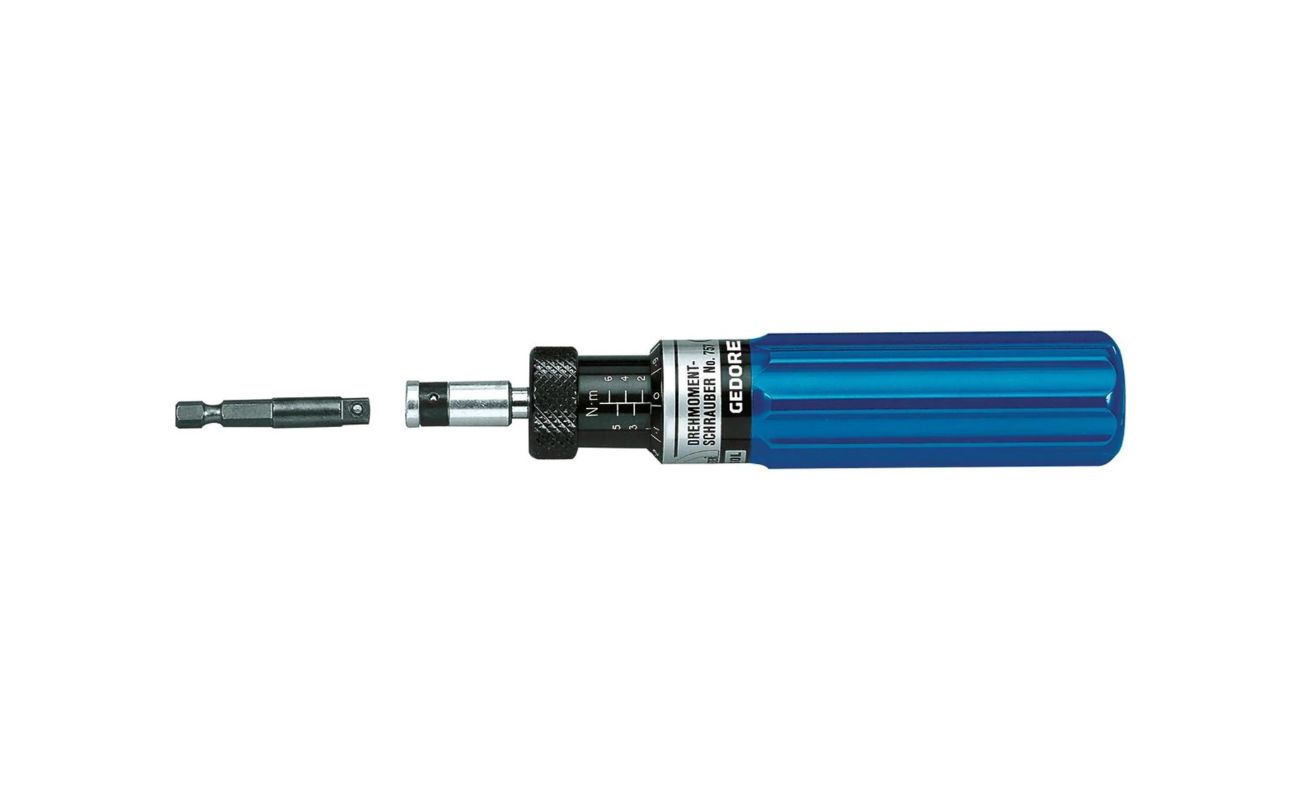
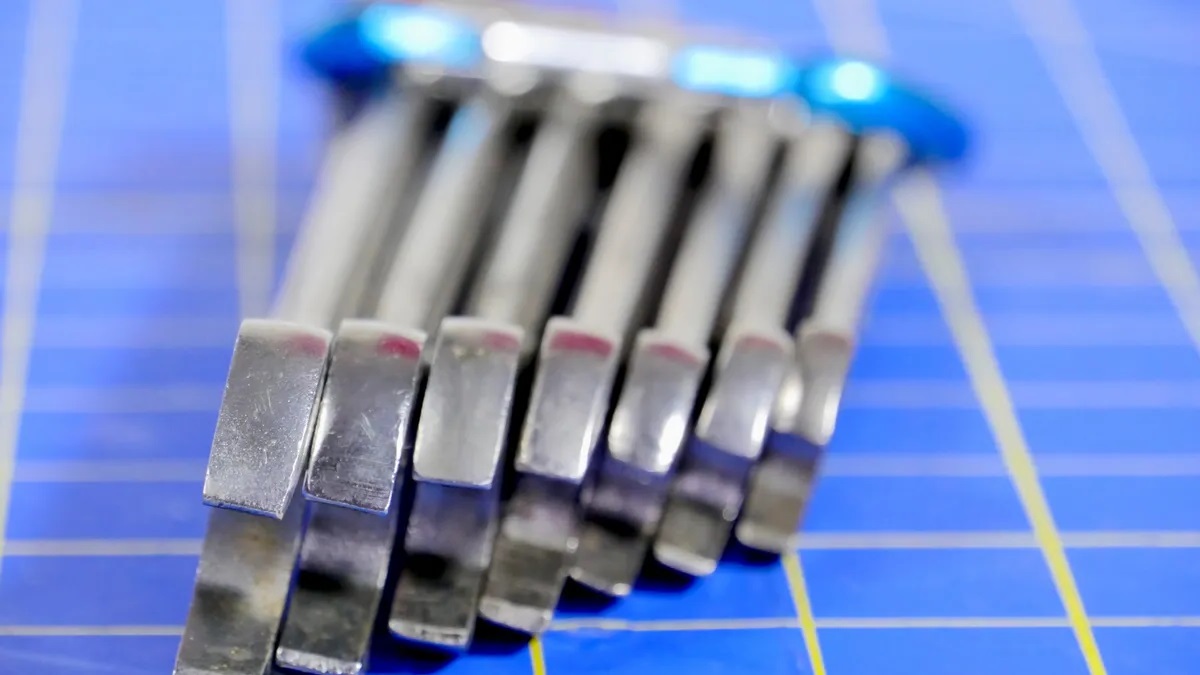
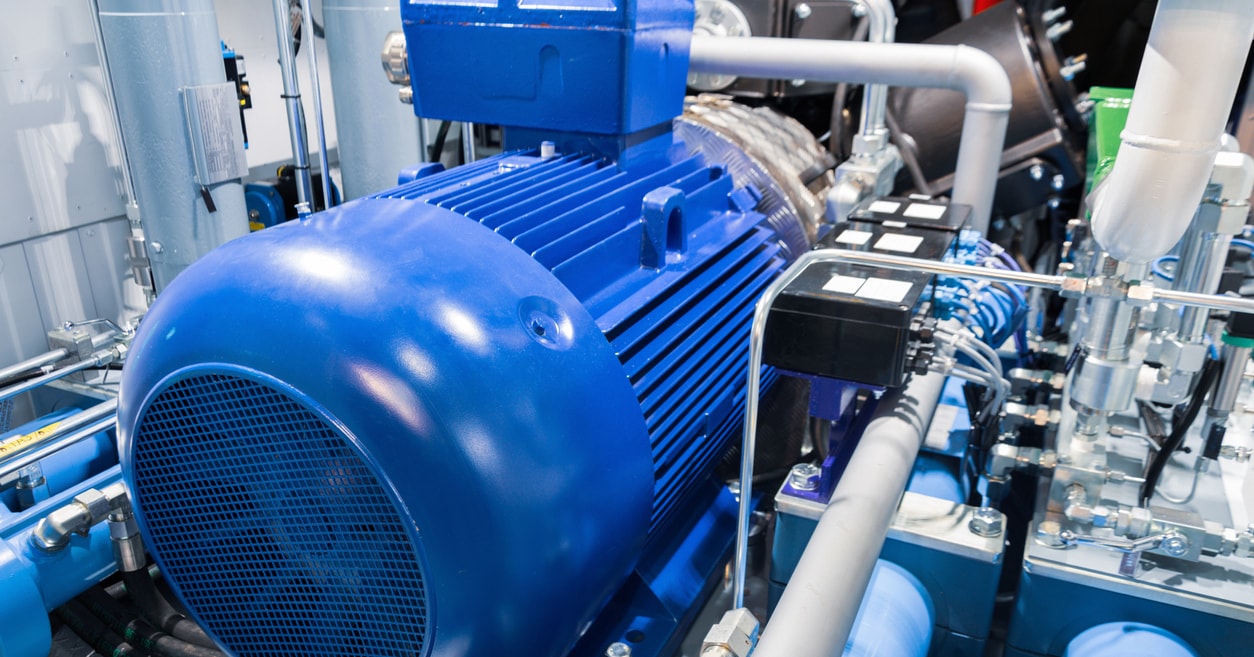
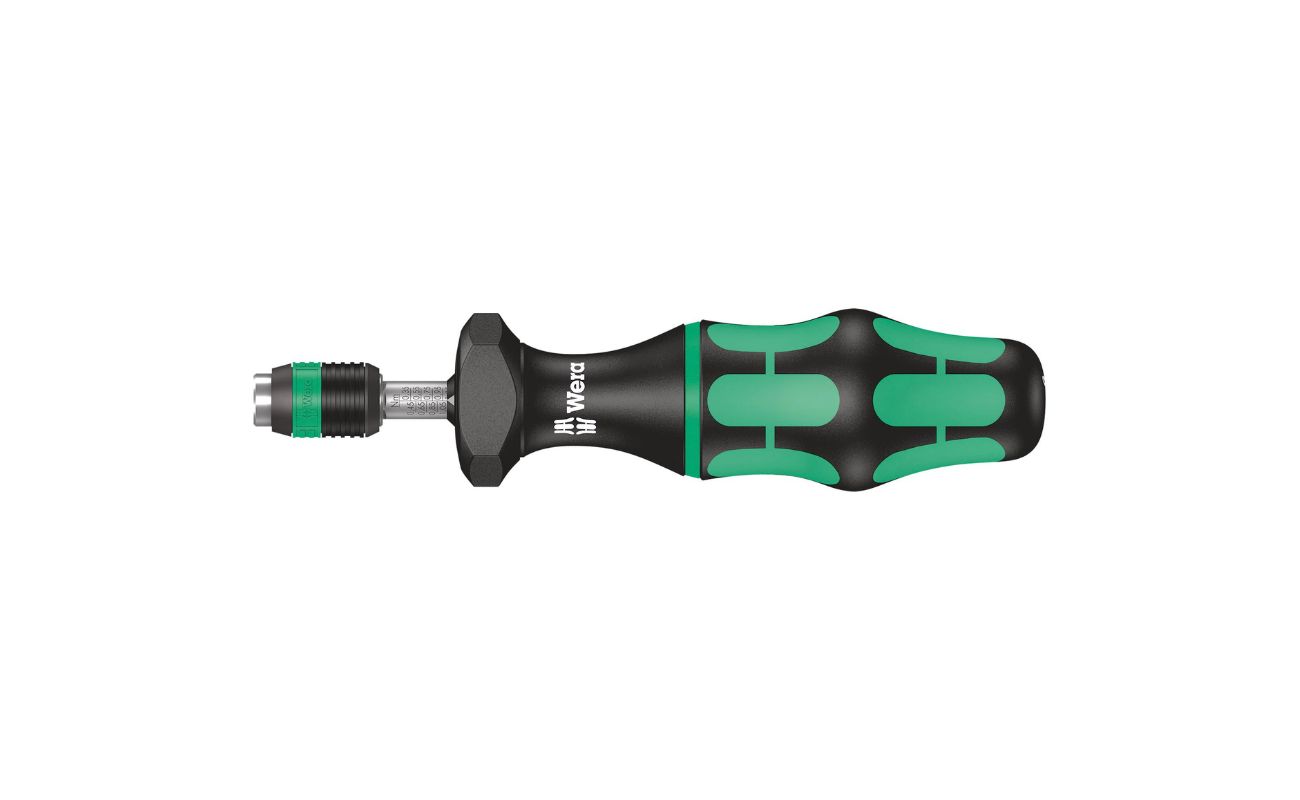
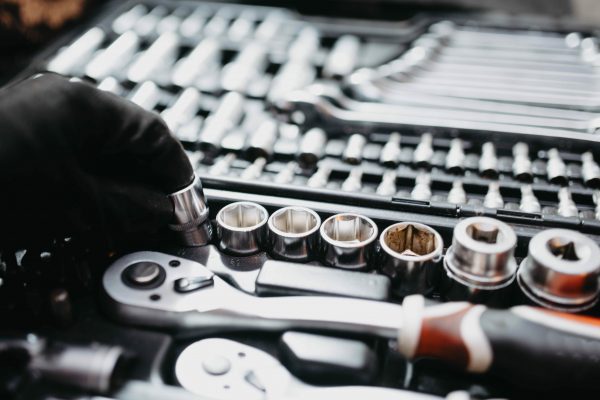
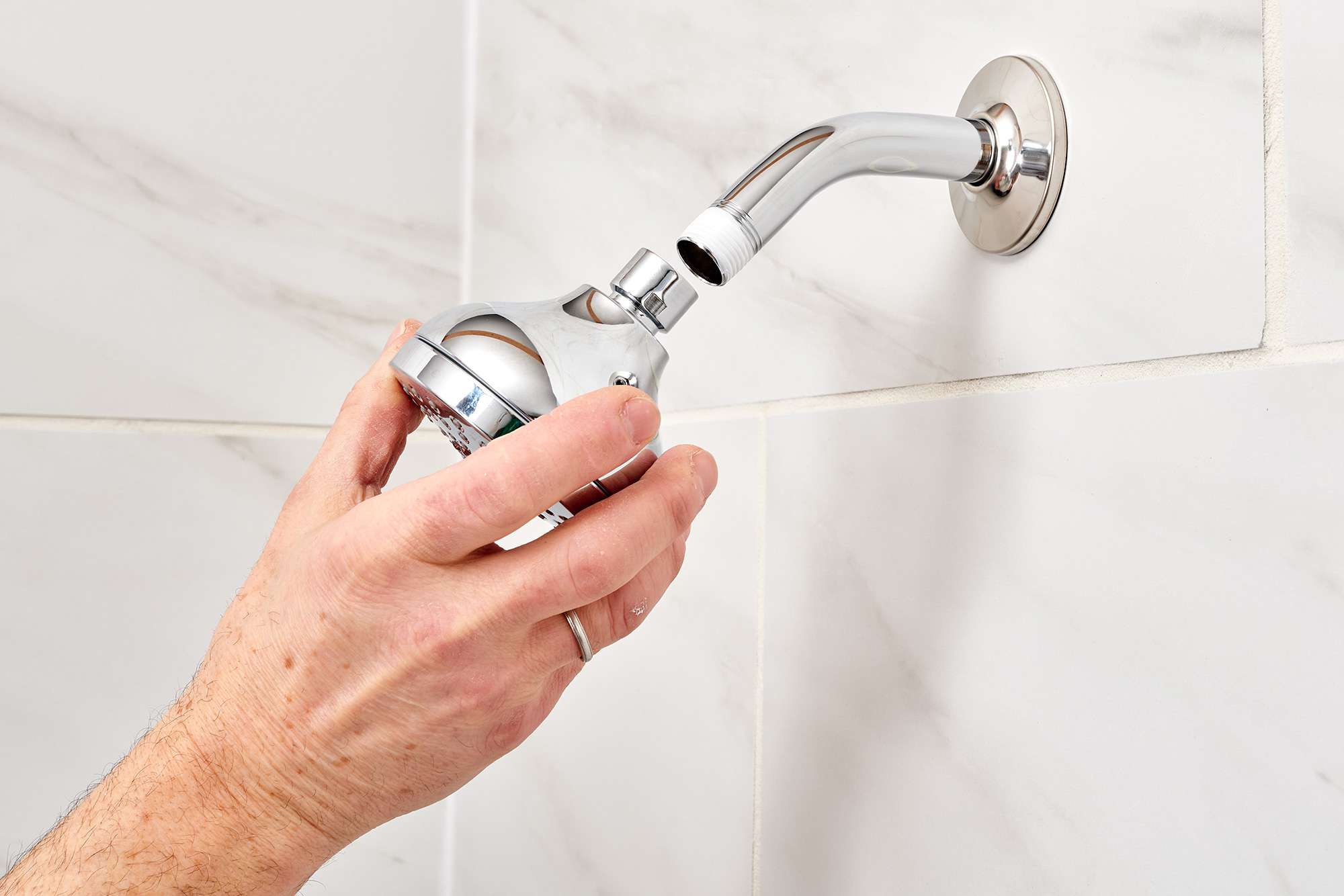
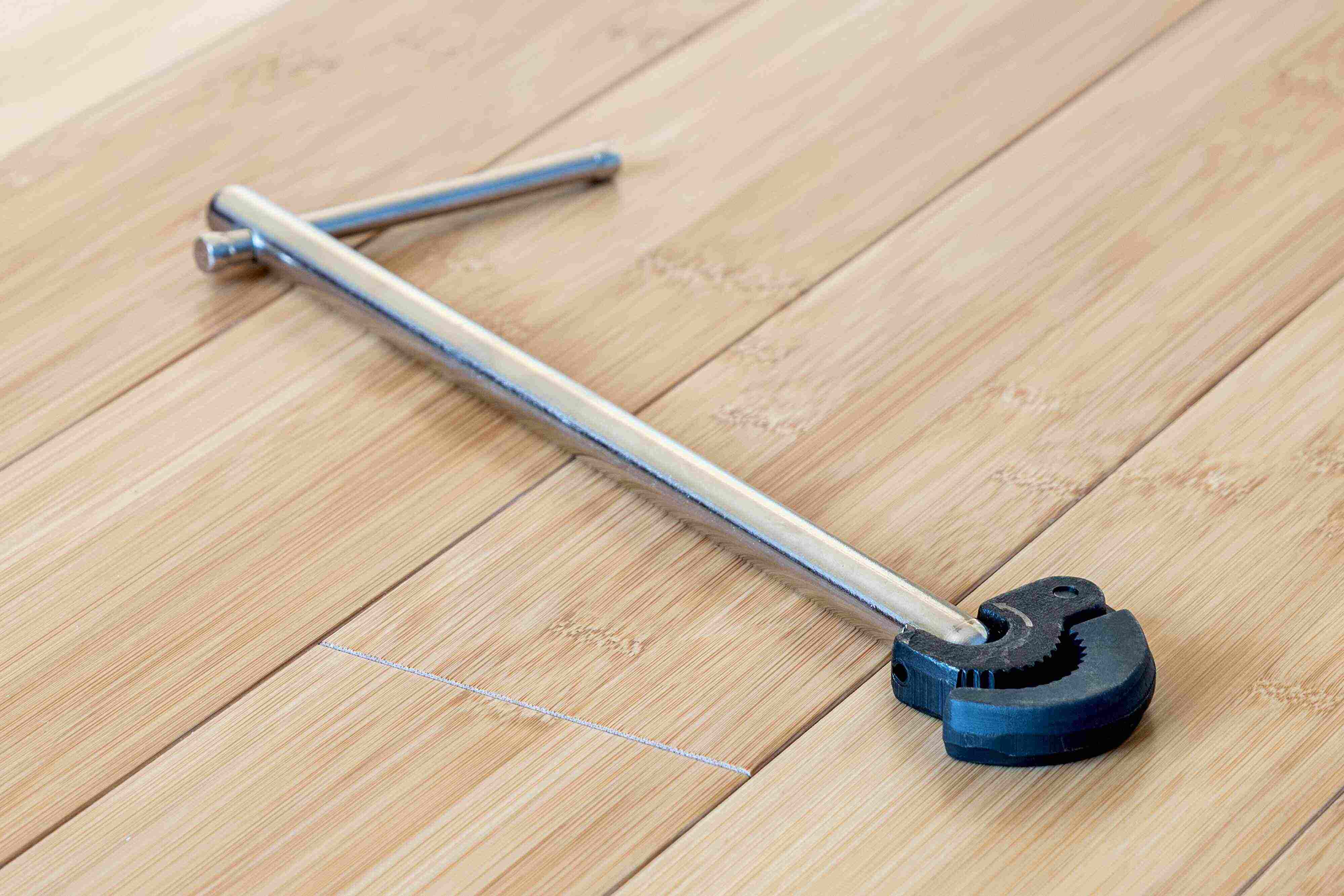
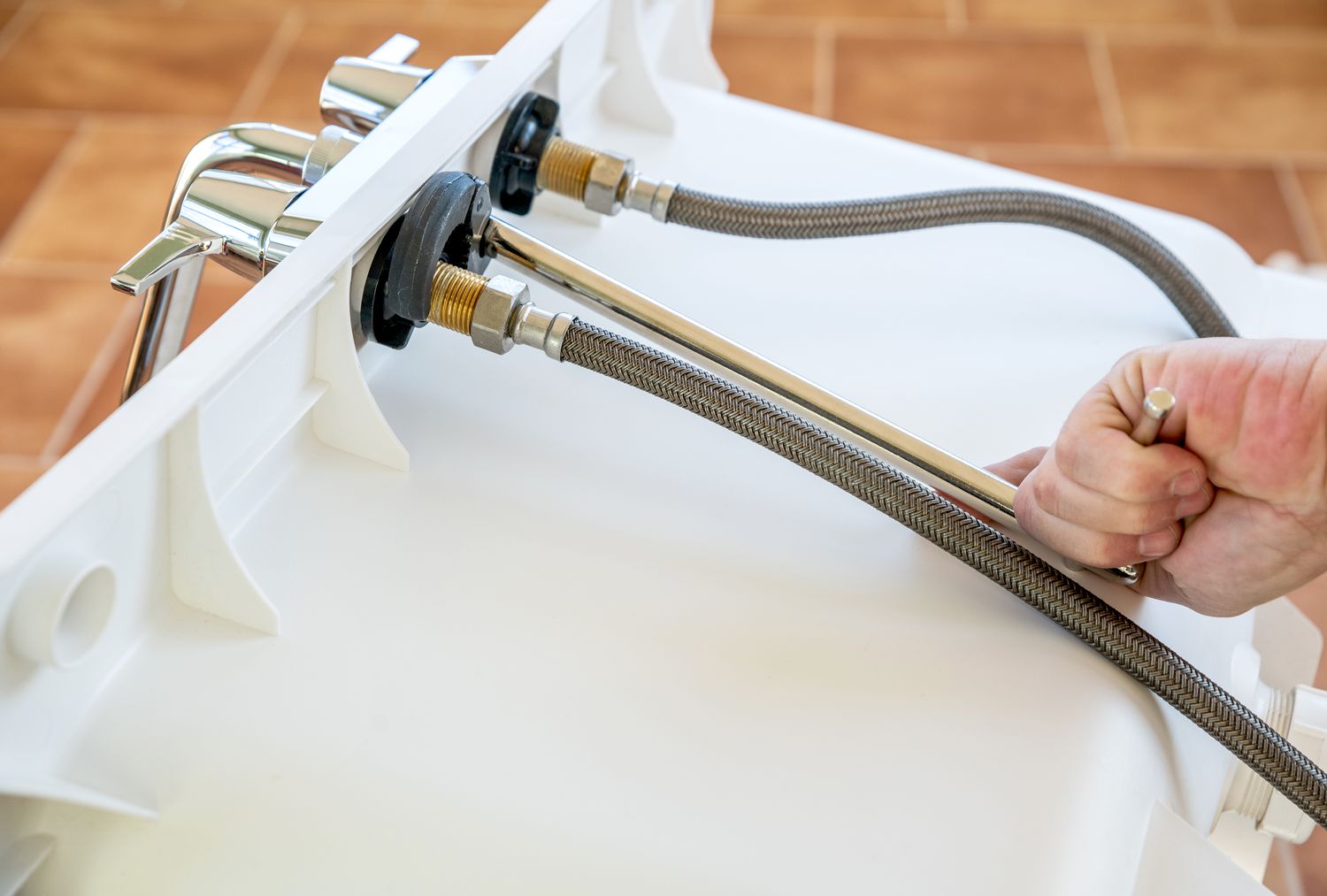
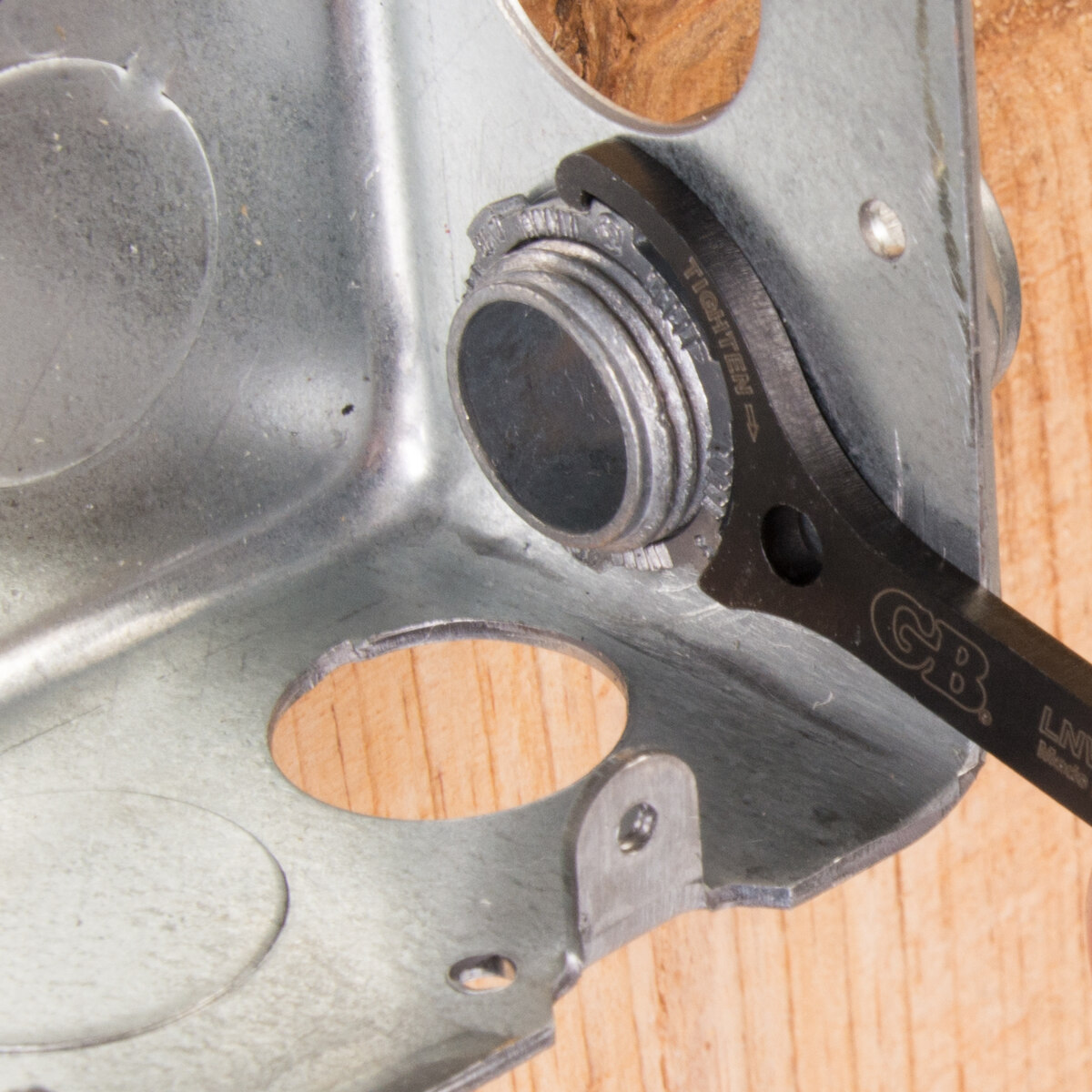
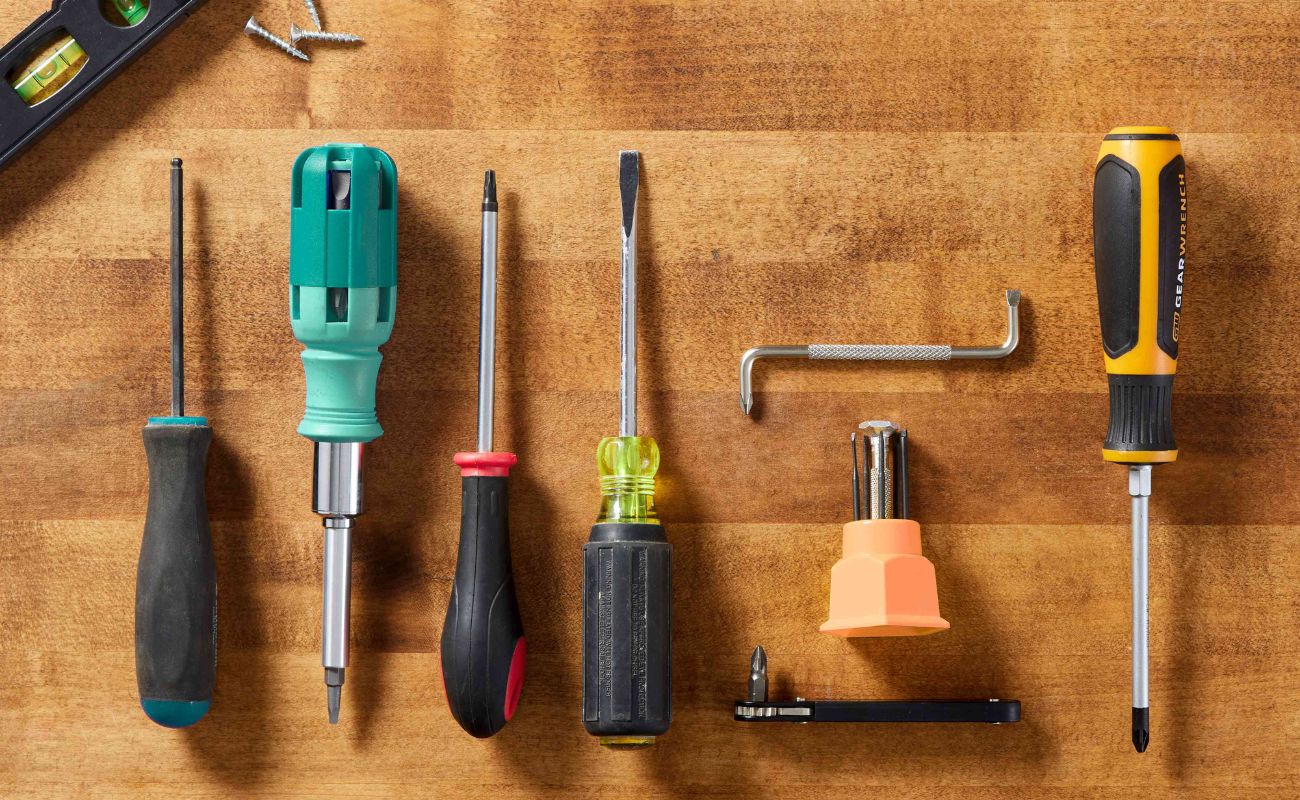
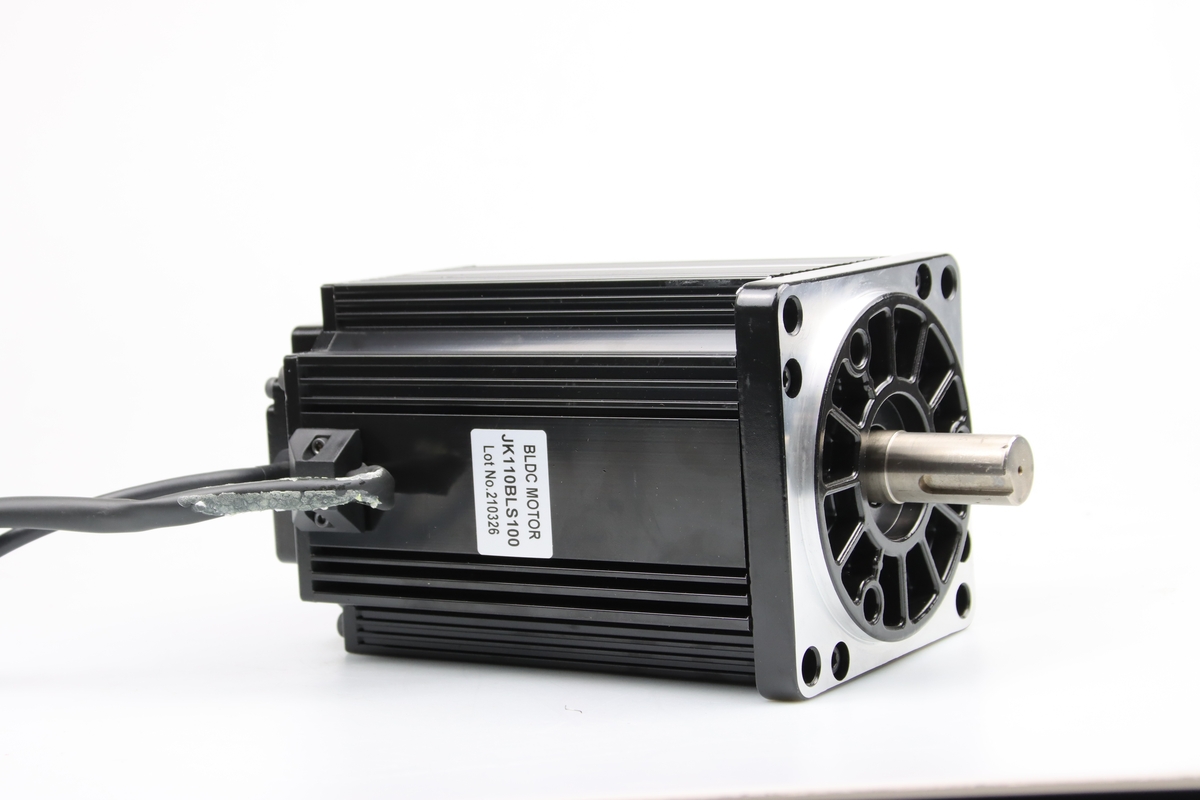
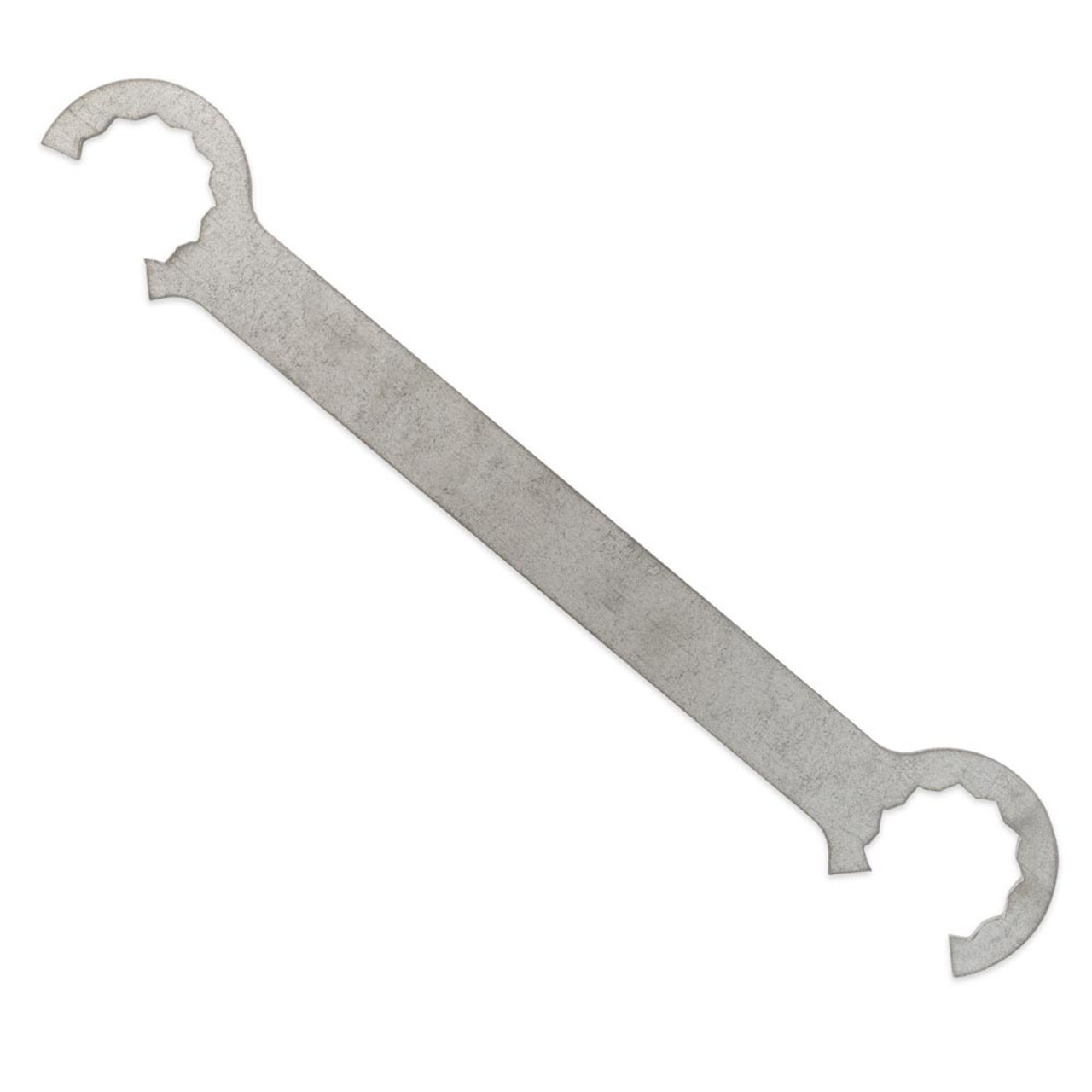
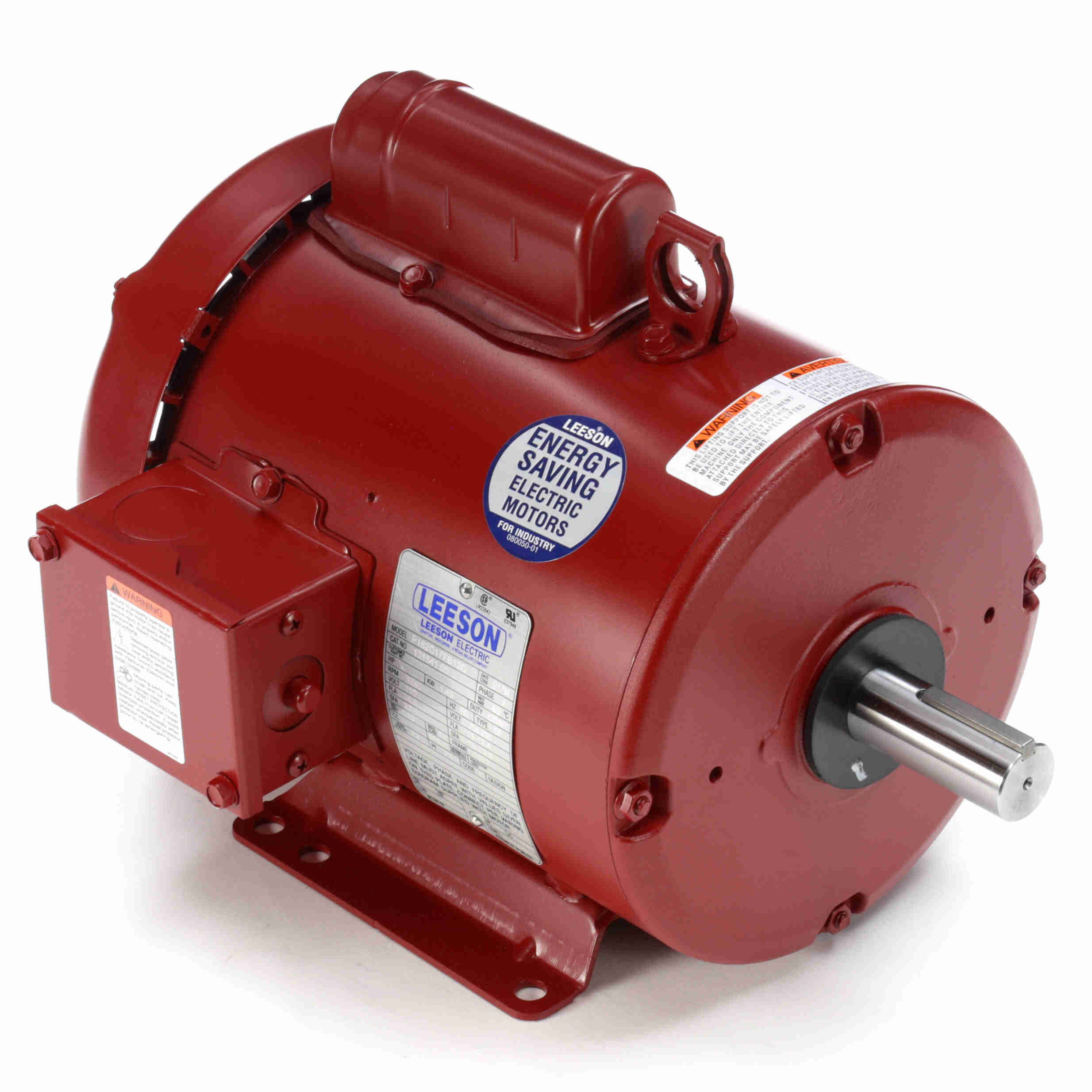
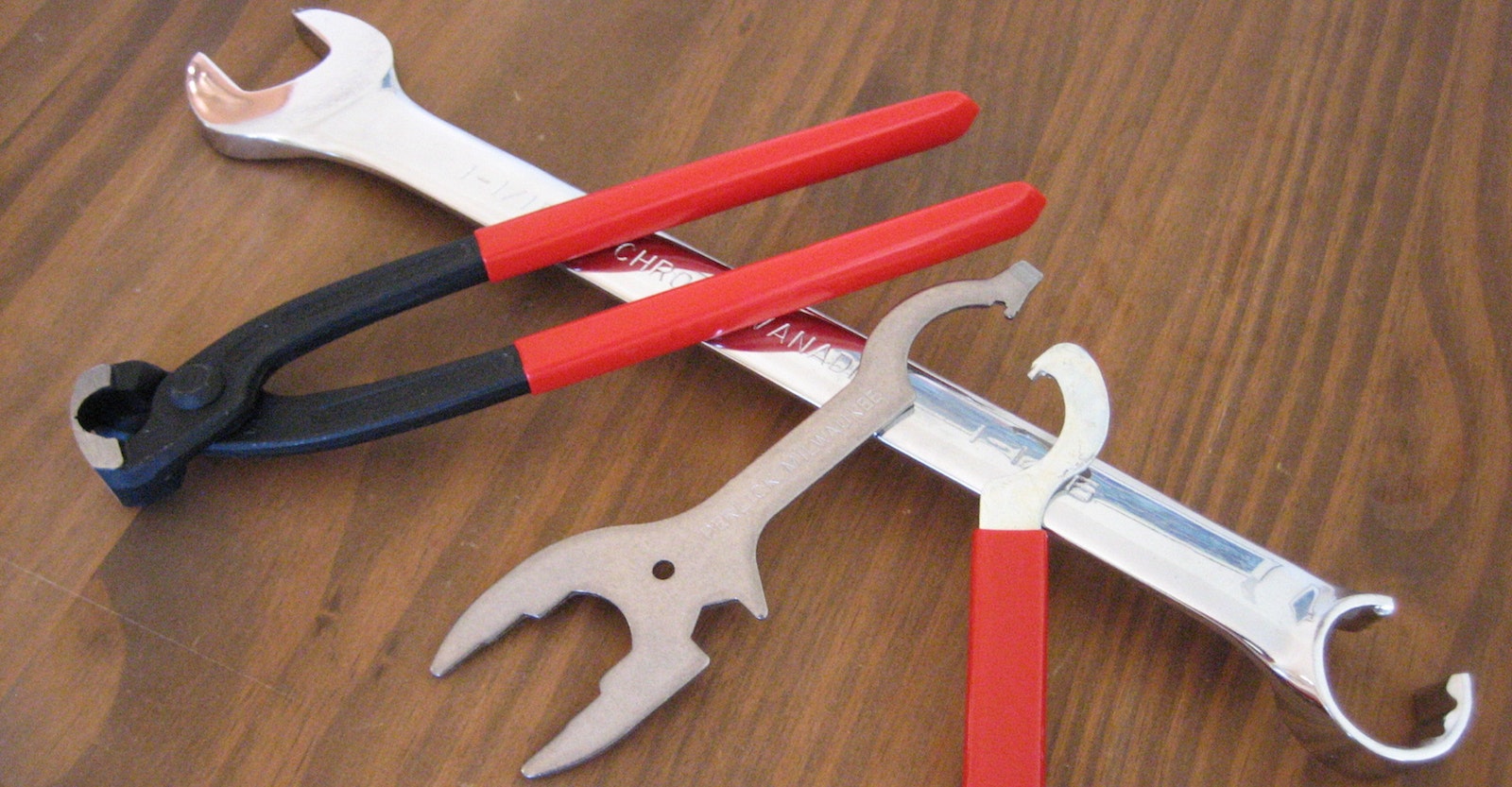

0 thoughts on “How To Store Torque Wrench”